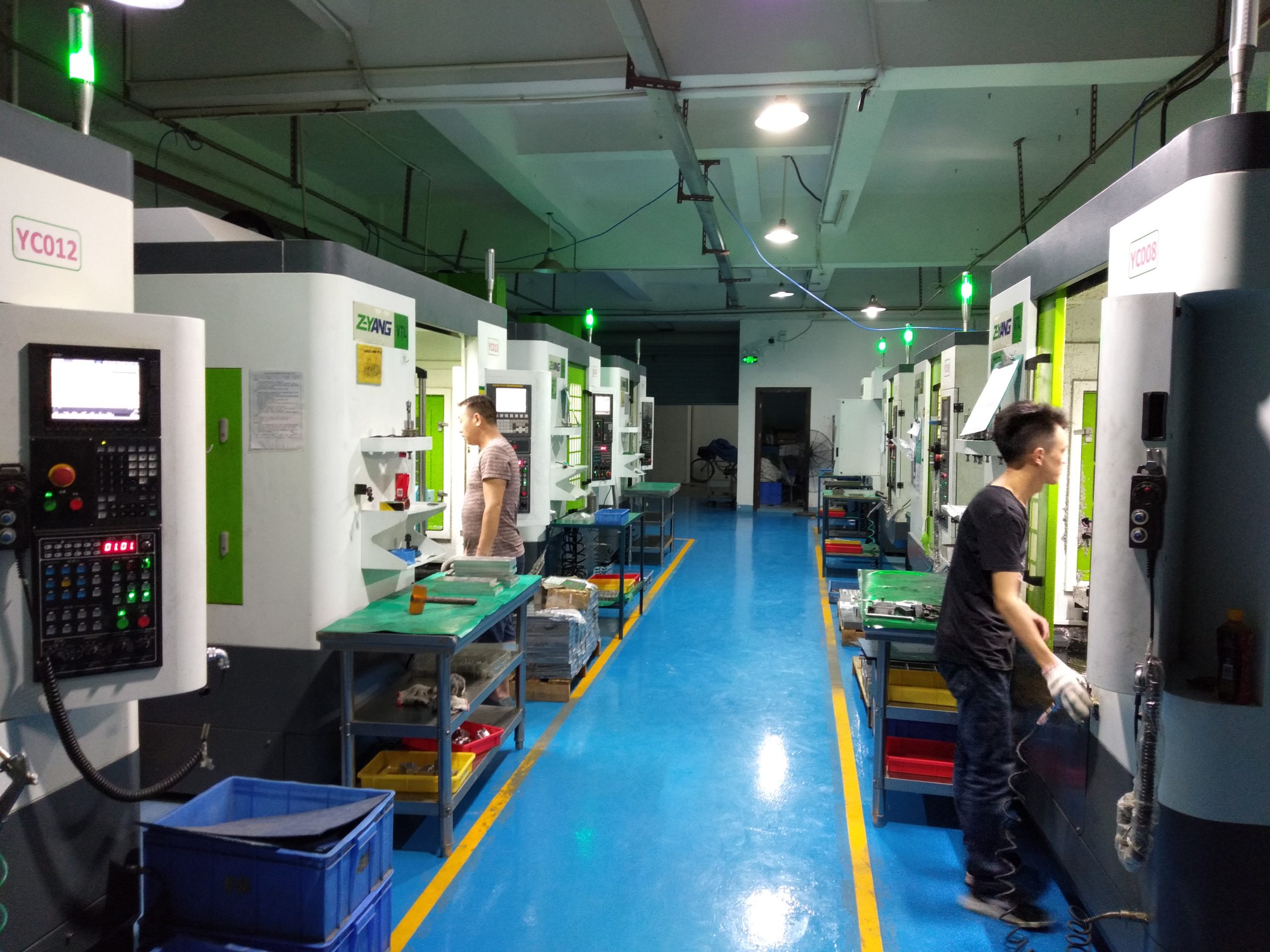Anodizing is a process that involves electrochemical treatment of metal (usually aluminum) surfaces to form durable, corrosion-resistant, and attractive finishes. This process is widely used in aerospace, automotive, and Arms industry, as well as many other applications that require high performance and durability.
In this article, we will discuss the process of anodizing, the benefits of anodized alumina, and the different applications of anodized alumina in various industries.
01. Anodic oxidation process
The process of anodizing involves immersing aluminum components in an electrolyte solution and allowing current to flow through the solution. This can lead to aluminum oxidation, forming a hard and porous layer of aluminum oxide on the metal surface. The resulting alumina layer serves as a protective barrier, preventing further corrosion and providing excellent durability and wear resistance.
The thickness of the coating can be adjusted according to the desired application, and the final finish can be smooth or matte. This requires precision and detail to ensure uniform and defect free coating. Therefore, before anodizing, the parts must be thoroughly cleaned and the current must be carefully controlled to ensure that the coating reaches the required thickness.
02. Advantages of Anodized Aluminum Oxide
One of the main advantages of anodized alumina is its durability. The alumina film produced by this process is very hard, making it highly resistant to scratches, wear, and other types of wear. This makes the parts very suitable for use in harsh environments, capable of withstanding high-strength pressure, impact, and wear. This film also has excellent corrosion resistance, helping to prevent rust and other forms of corrosion from damaging parts.
Another advantage of anodized aluminum oxide is its aesthetic appeal. The alumina film contains a large number of micropores, which have strong adsorption ability and can be colored into various beautiful and colorful colors, making it highly attractive and enhancing the appearance of the parts. The finish is also very uniform, making it perfect for parts that require a consistent and attractive appearance. In addition, this process can also be used to produce parts with matte or satin finishes, as well as parts with high gloss finishes. Aluminum oxide film can also resist fading and discoloration, helping to maintain the appearance of aluminum products for a long time.
Anodized aluminum oxide has other advantages, which can improve the conductivity and thermal conductivity of parts. The porous structure of the alumina layer generated during oxidation can effectively transfer heat and current, making parts an ideal choice for high-performance applications such as aerospace and national defense.
03. Application of Anodized Aluminum Oxide
Anodized aluminum oxide is commonly used in various industries, including aerospace, medical, and industrial applications. In the aerospace industry, anodized aluminum oxide is used for parts and components such as fasteners, brackets, and electrical enclosures. Anodized coatings provide a durable and corrosion-resistant finish that can withstand the harsh conditions of aerospace environments.
In the medical industry, anodized alumina is used for medical equipment, such as surgical instruments, as well as prostheses and orthotics. Anodized coatings provide a smooth and easy to clean surface, resistant to corrosion and wear, making them an ideal choice in the medical field.


